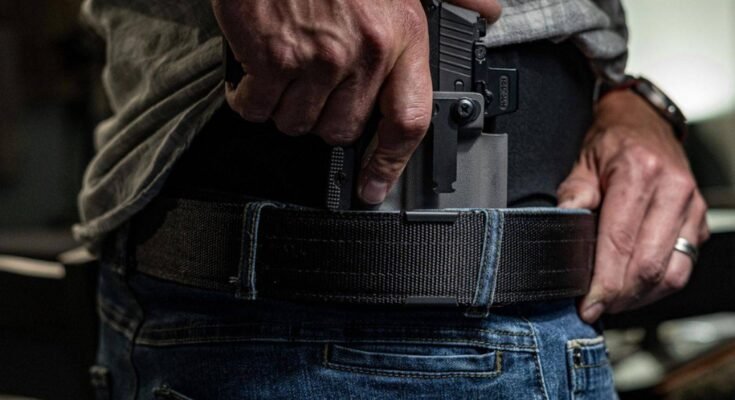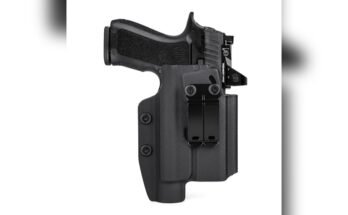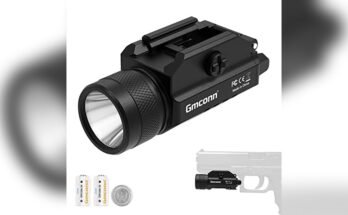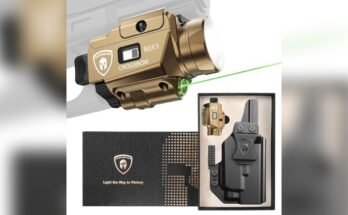If you carry a handgun, safety starts with the holster. I have coached new carriers and trained with pros. I have seen what works in stress and what fails on a busy day. The safest holster for concealed carry is the one that fully covers the trigger, fits your exact gun, holds the gun firmly, stays put on the belt, and lets you reholster in a calm, controlled way. In this guide, I will break down how to choose it, what to avoid, and how to test it. We will keep it simple, clear, and based on real use with concealed carry gear.
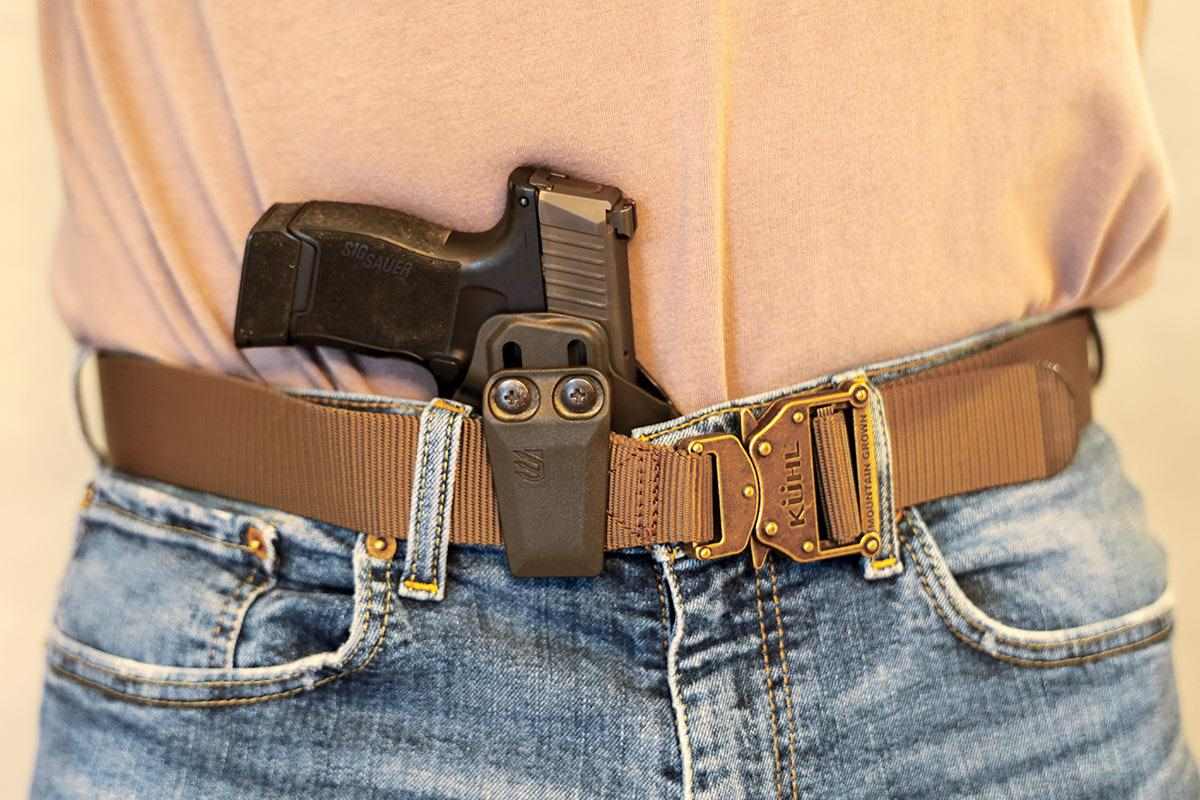
Source: www.handgunsmag.com
What “Safe” Really Means In A Concealed Carry Holster
Safety is more than comfort. It is about control. A safe concealed carry holster reduces the chance of a negligent discharge and keeps the gun where it should be, even when you move fast.
Key points:
- Full trigger guard coverage prevents anything from pressing the trigger.
- Rigid mouth keeps the holster open for safe reholstering.
- Passive or active retention keeps the gun secure during daily life.
- Stable mounting keeps the holster in place as you draw.
From my range work, most holster failures start with poor fit or a soft mouth. Both are easy to avoid with the right choice.

Source: www.consumedolhos.com.br
Core Safety Features Your Holster Must Have
These features matter most. If a holster fails one of these, skip it.
- Full trigger coverage: No gaps. No flex over the trigger area. This is a must for concealed carry safety.
- Rigid body: Kydex or reinforced leather stops collapse when you reholster.
- Solid retention: You should feel a clear “click” or firm friction. Turn the holstered gun upside down over a soft surface to test it.
- Stable attachment: Strong clips or loops that grip the belt. The holster should not shift when you draw.
- Proper ride height and cant: The grip should be easy to get without fishing around.
- Sweat shield and guard: Helps keep clothing out of the trigger area and improves comfort.
- Protected sights and mag release: Prevents snagging and unplanned mag drops.
I once tested a soft nylon holster with a loose clip. The gun shifted, my draw got messy, and my shirt fought the trigger guard. I retired it on the spot.

Source: www.concealedcarry.com
Holster Materials: Pros, Cons, And Safety Notes
Material choice affects safety, comfort, and wear.
- Kydex: Rigid, consistent, great trigger coverage, easy to clean. Good for clear retention and repeatable draws.
- Reinforced leather: Comfortable against skin. Needs a reinforced mouth. Check for moisture and long-term collapse.
- Hybrid: Kydex shell with a leather or synthetic backer. Good comfort, but watch for backer wear near the trigger guard.
- Nylon or soft fabric: Often lacks structure. Not ideal for safe reholstering. Only consider if it has firm reinforcement.
I favor Kydex for daily concealed carry holsters because it keeps its shape and gives clear feedback on retention.
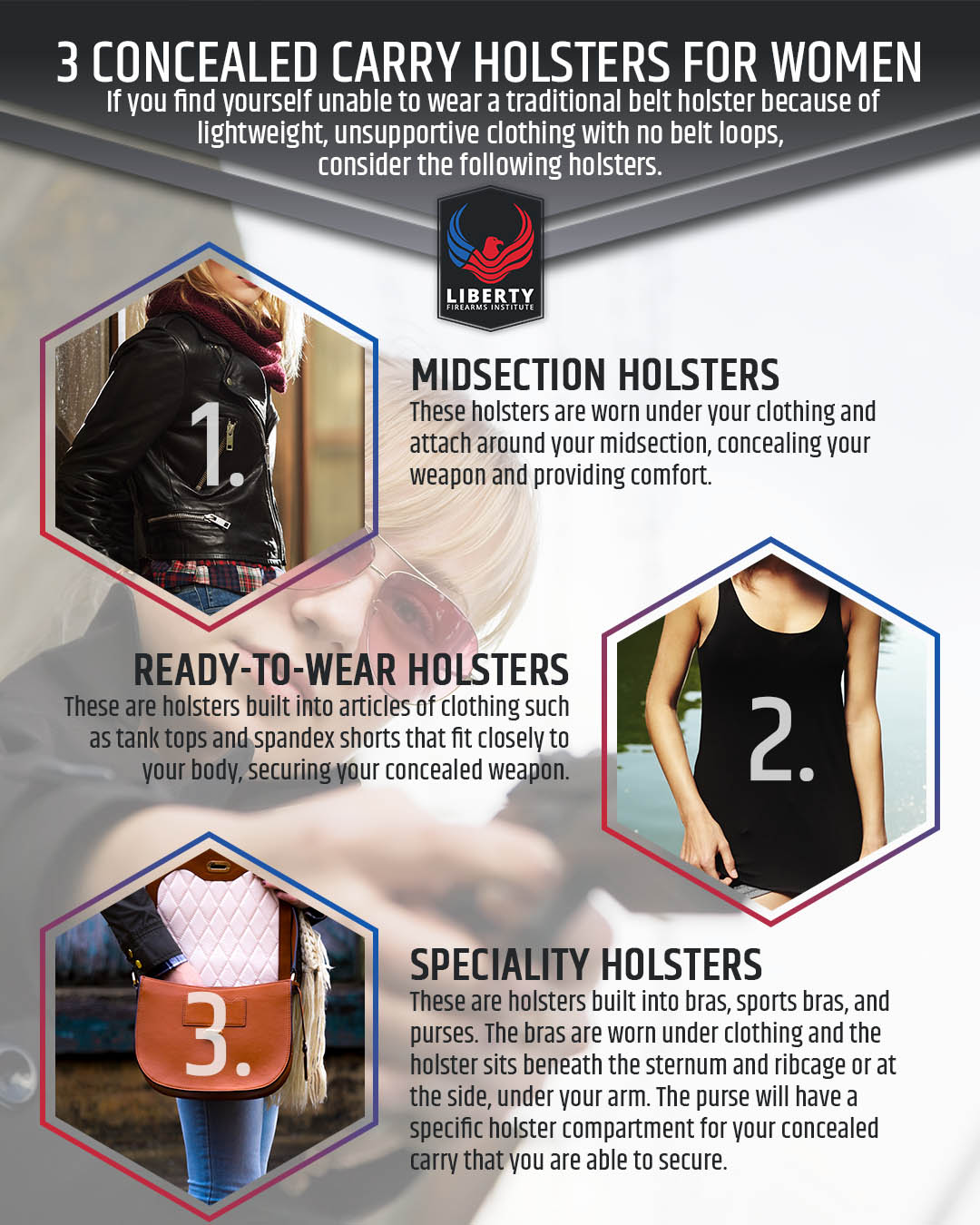
Source: www.libertyrange.com
Holster Types For Concealed Carry: Safety Comparison
Each carry type has trade-offs. Match it to your life and training.
- Inside the waistband, appendix: Fast access. Strong concealment. Safety needs strict trigger coverage and a rigid mouth. Use a wedge or claw to control angle.
- Inside the waistband, strong side: Classic choice. Safer reholstering for many users due to muzzle direction. Needs stable clips and proper cant.
- Outside the waistband: Very comfortable. Great draw path. Harder to conceal. Pick higher retention if you move a lot.
- Pocket: Works for small guns. Use a real pocket holster that covers the trigger and stays in the pocket on the draw. Nothing else goes in that pocket.
- Ankle: Slow draw. Use strong retention. Best for backup guns.
- Shoulder: Good when seated. Requires closed trigger guard and a safe reholster plan. Watch muzzle direction while drawing.
I carry appendix on long days and strong side for classes. With appendix, I always remove the holster to reholster when I am tired or cold. That small step reduces risk.
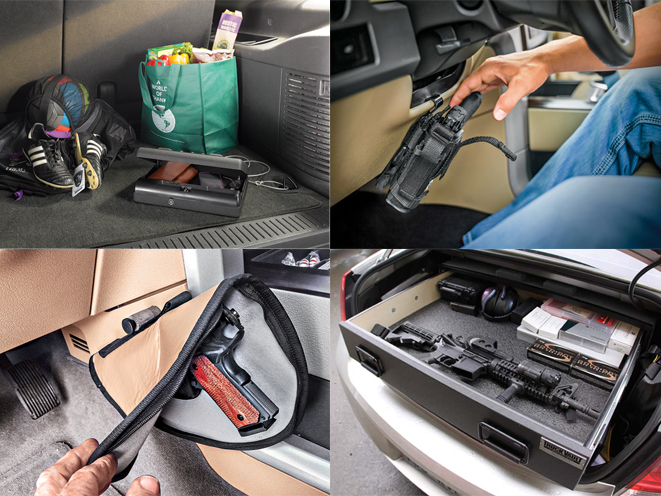
Source: skillsetmag.com
Understanding Retention: Passive, Active, And Levels
Retention is how the holster holds the gun.
- Passive retention: Friction or a molded “click.” Good for most concealed carry.
- Active retention: A lever or hood you must release. Adds security but needs practice.
- Level ratings: Some makers use levels to show more layers of retention. For concealed carry, strong passive retention is often enough.
Do a simple test. With an unloaded gun, holster it. Turn it upside down over a bed. If it stays, your baseline is good. Then do light jumps and bends with an empty gun to confirm.

Source: www.ebay.com
Fit And Belt Matters: The Foundation Of Safety
A great holster on a bad belt still fails. The belt must be stiff enough to hold shape.
- Use a purpose-built gun belt. It spreads weight and stops sag.
- Match clip or loop size to belt width.
- Check clip grip. Some clips are strong but too tight for thick belts.
- Test for shift. The holster should not wander as you move.
I switched a student to a real gun belt after they fought a sliding holster all morning. Their draw cleaned up in one hour.
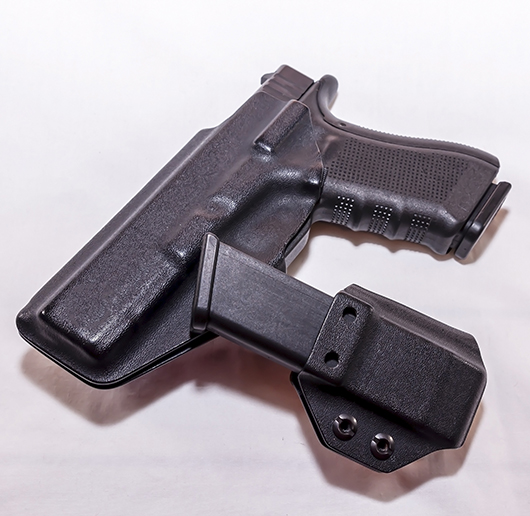
Source: www.incognitoconcealment.com
Best Practices For Safe Drawing And Reholstering
Your technique is part of the safety system.
- Keep your trigger finger straight and high until sights are on target.
- Clear clothing with the support hand. Keep fabric away from the trigger guard.
- Reholster slowly. Look the gun into the holster. There is no prize for speed here.
- If anything resists, stop. Remove the holster, clear it, then reattach it and reholster.
- Consider removing appendix holsters to reholster, especially when you are new or tired.
On the range, I have seen most close calls during reholster. Slow is safe. Calm is fast.

Source: www.ebay.com
Common Mistakes To Avoid With Concealed Carry Holsters
Small errors can grow into big risk.
- Using a soft holster that collapses.
- Allowing the gun to fit loosely or rattle.
- Carrying without a proper belt.
- Letting drawstrings, cords, or shirt hems hang over the holster mouth.
- Ignoring wear on clips, screws, or backer material.
- Reholstering fast or blind.
I once caught a frayed hoodie cord near a student’s trigger guard. We cut the cord and kept training. Simple fix.
How To Test A Holster Before You Trust It
Run these checks at home with an unloaded firearm.
- Fit check: Full trigger coverage and clear click or friction.
- Retention check: Upside-down test over a bed or couch.
- Movement check: Walk, sit, drive, climb stairs. Holster should stay put.
- Clothing check: Try your daily outfits. Look for snag points.
- Fasten check: Tighten all screws. Use thread locker if the maker advises it.
- Dry practice: Slow draws and slow reholsters. No rush.
Keep a simple log. If something shifts or rubs raw, adjust or replace.
Legal, Training, And Maintenance Considerations
Safety also lives in habits and upkeep.
- Know your local laws on concealed carry and off-limits places.
- Train with your actual carry setup. Swap fake gear for class if rules require it, but keep the same ride height and cant.
- Clean your holster. Grit can wear the gun and affect retention.
- Inspect hardware monthly. Replace worn clips or cracked shells right away.
- Get qualified instruction. A good coach sees risks you miss.
I schedule a monthly gear check on my calendar. Ten minutes now saves headaches later.
A Quick Buying Checklist For The Safest Holster
Use this short list when you shop.
- Made for your exact gun model.
- Full trigger coverage with a rigid body.
- Clear retention and adjustable screws if possible.
- Solid clips or loops that match your belt.
- Proper ride height and cant for your body and draw.
- Comfort that lasts a full day, not just five minutes.
- A good maker with a clean return policy and clear specs.
If a holster nails these points, it is likely a safe bet for concealed carry.
Frequently Asked Questions Of What Is The Safest Holster For Concealed Carry?
Is Kydex Safer Than Leather For Concealed Carry?
Both can be safe. Kydex holds shape better and keeps the trigger covered. Leather can work if the mouth is reinforced and you inspect it for wear.
Do I Need Active Retention For Concealed Carry?
Most people do fine with strong passive retention. Active retention adds security but needs extra training. Choose based on your risk and environment.
How Tight Should Holster Retention Be?
Tight enough that the gun will not fall out during light movement tests, but loose enough for a smooth draw. You should feel a clear release.
Is Appendix Carry Safe?
It can be safe with the right holster, strict trigger discipline, and slow reholstering. Many trained users carry this way. Training and caution are key.
Can I Use One Holster For Many Guns?
Best practice is one holster for one gun model. Multi-fit holsters often give up trigger coverage or retention.
What Belt Should I Use For Concealed Carry?
Use a stiff gun belt sized to your clips. It prevents sag, keeps the holster stable, and improves draw control.
How Often Should I Replace A Holster?
Inspect monthly. Replace if the mouth collapses, clips crack, screws strip, or retention fades and cannot be fixed.
Wrap-Up And Next Steps
The safest holster for concealed carry covers the trigger, fits your exact gun, gives reliable retention, and stays stable on a real gun belt. It should be rigid, comfortable all day, and allow slow, clear reholstering. Pair that with steady practice and simple gear checks.
Choose with care, test with intent, and build safe habits. Your setup should serve you quietly in daily life. If you are ready to take the next step, apply the checklist, try a few models, and train with the one that fits your needs. Want more guides like this? Subscribe, share your questions, or leave a comment with your current setup.
Watch This Video on What is the safest holster for concealed carry?
